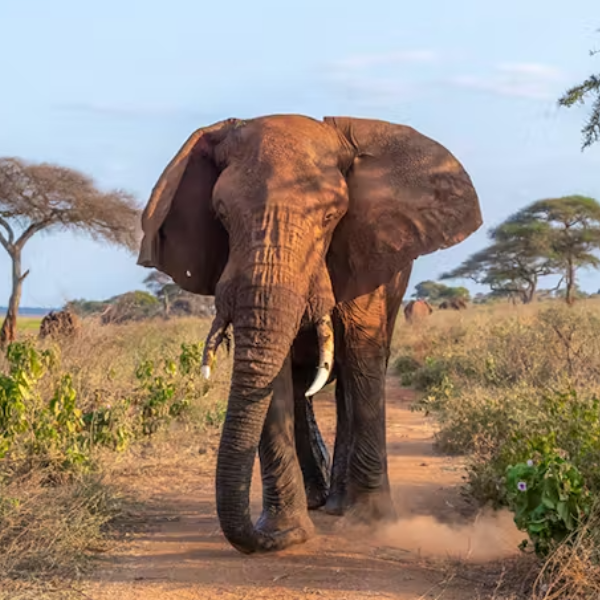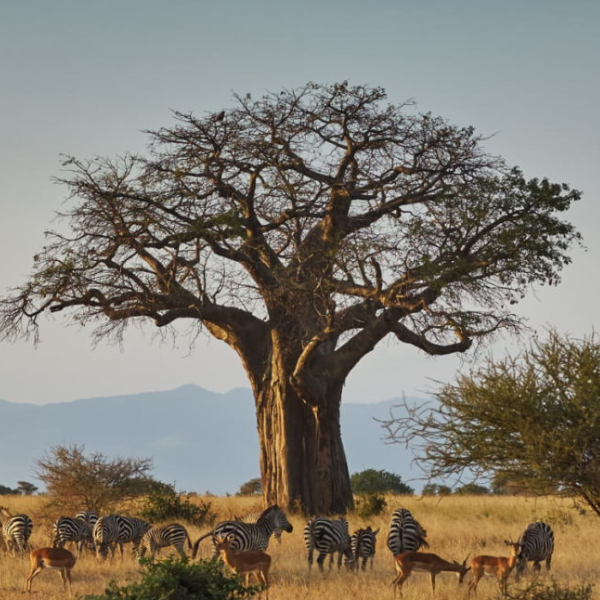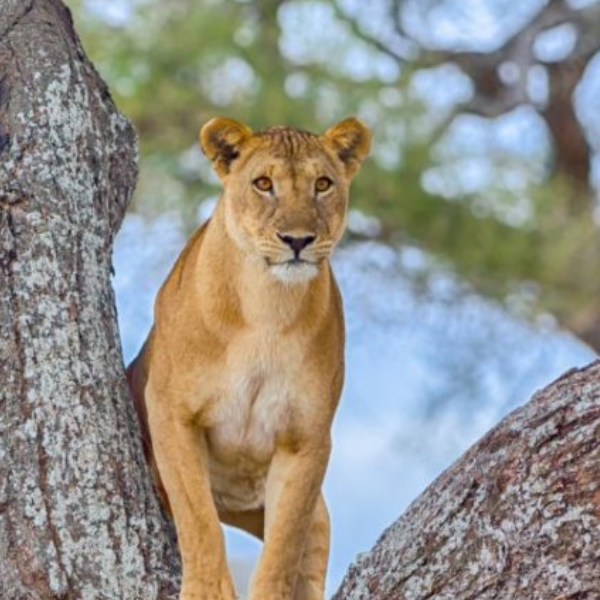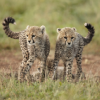Tarangire National Park, located in northern Tanzania, is renowned for its iconic baobab trees and abundant wildlife. The park is a sanctuary for elephants, with some of the largest herds in Africa. Situated along the Tarangire River, it attracts a wide variety of animals, especially during the dry season. The park offers a unique landscape of dry savannah, swamps, and river valleys, providing an exceptional safari experience. As part of the northern safari circuit, Tarangire is a popular destination for game viewing, birdwatching, and photography.
Getting There
Tarangire National Park is accessible by road from Arusha, which is about a 2-hour drive (120 km) away. Visitors can also take a short flight to Kuro Airstrip, which is located near the park’s entrance, and then continue by road to the park. The roads leading to the park are generally in good condition, though a 4x4 vehicle is recommended for the best safari experience. Many guided safari tours offer transportation to and from the park, providing an all-inclusive experience for visitors looking to explore this stunning wildlife haven.
What to Do
- Safari tours to see elephants, lions, giraffes, zebras, and other wildlife in their natural habitat.
- Explore the park's diverse landscapes, from river valleys to open savannahs and swamps.
- Visit the Tarangire River, where animals congregate during the dry season.
- Enjoy birdwatching, with over 500 species, including ostriches, hornbills, and vultures.
- Take a guided walking safari with a park ranger for a more intimate wildlife experience.
- Go on a night game drive to observe nocturnal animals like leopards and hyenas.
When to Go
The Best Time to Visit Tarangire National Park is during the dry season, from June to October. This period offers excellent game viewing as animals gather around the Tarangire River, making them easier to spot. The weather is warm and dry, providing ideal conditions for safaris. The green season (November to April) is also a good time to visit for lush scenery and fewer tourists, but some areas may be harder to access due to rainfall. The park is less crowded during the shoulder months, offering a peaceful and rewarding experience.










